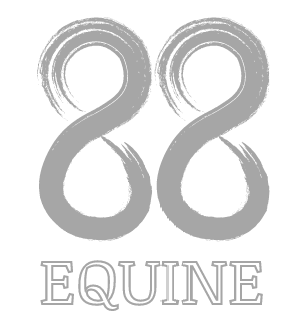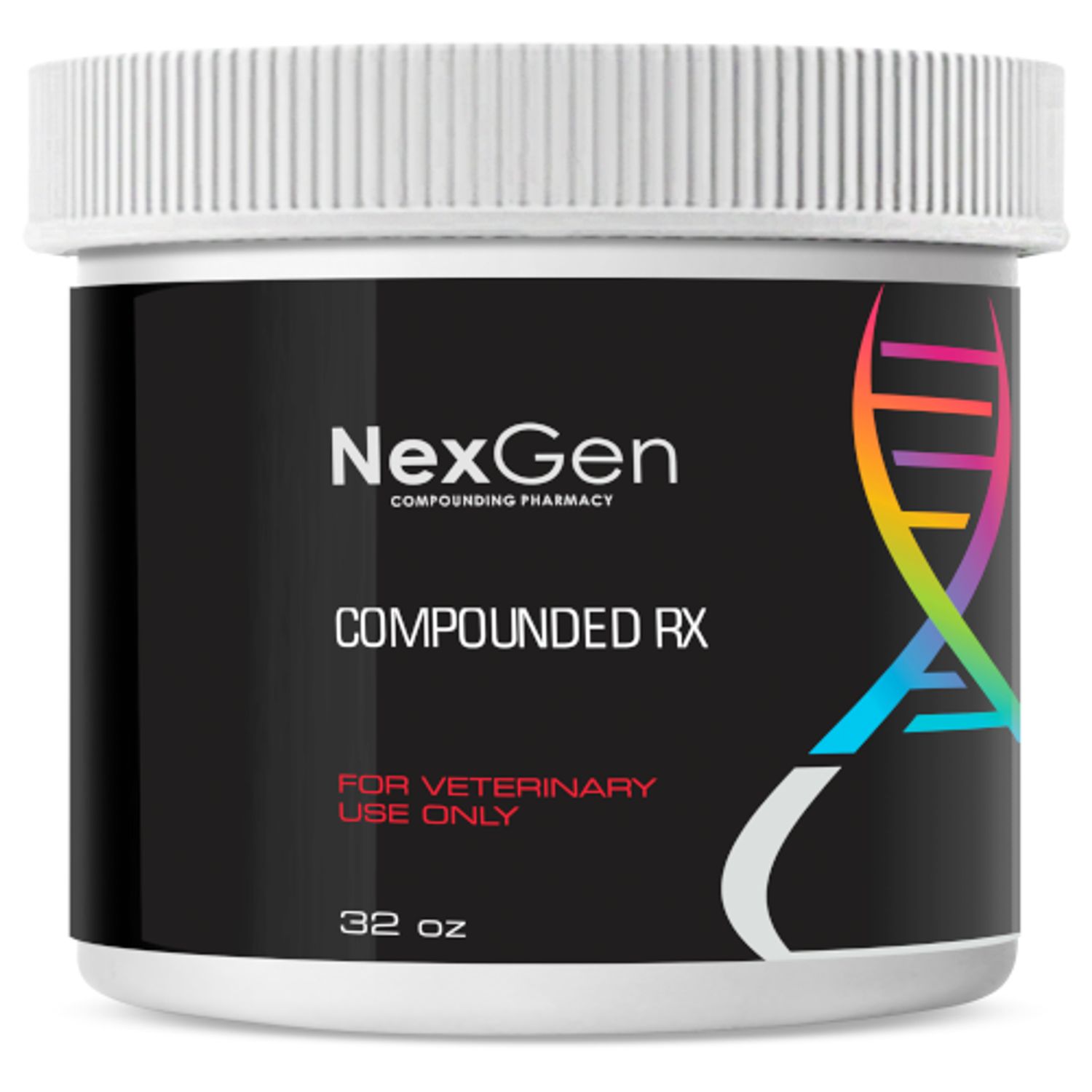Omeprazole 1.4pm 30 or 100 Scoop
!!DISCLAIMER!! IF YOU DO NOT LIVE IN WYOMING, ARIZONA, NEVADA, TEXAS or OKLAHOMA WE CANNOT SHIP THIS MEDICATION TO YOU!!! NO EXCEPTIONS!
*Requires a VETERINARIAN PRESCRIPTION to purchase!
Gastric ulcers in horses are caused by prolonged exposure of the gastric mucosa to gastric acids. This syndrome, also called Equine Gastric Ulcer Syndrome or EGUS, results in ulceration and bleeding in some instances. A horse’s stomach essentially has two sections: an upper non-glandular region where food enters the stomach, and a lower glandular region where hydrochloric acid (HCl) is produced.1 While the lower region is constantly exposed to gastric acids, it generally has adequate protection from these acids; thus, lesions are most commonly found in the upper region.
EGUS is most closely associated with performance horses, horses that have been stressed over a protracted period of time, and horses that were sick to start with. Its prevalence in unmedicated racehorses in active training is at least 90%, whereas in non-racing performance disciplines, its prevalence is over 60%.1 Foals are known to be at high risk for development of perforating peptic ulcers until they are several weeks old due to the undeveloped state of their gastric mucosa. While spontaneous remissions of these lesions have been described in the literature, horses that remain in situations tending to give rise to this malady are likely to remain ill without medical intervention.
Stress is also believed to be a major contributor to EGUS. Transportation, stall confinement and the rigors of performance (where performance horses are involved) are all additional risk factors for EGUS. Finally, the repeated administration of nonsteroidal anti-inflammatory drugs (NSAIDs) can impede the production of mucus in the stomach, making the horse far more susceptible to ulcers.2

